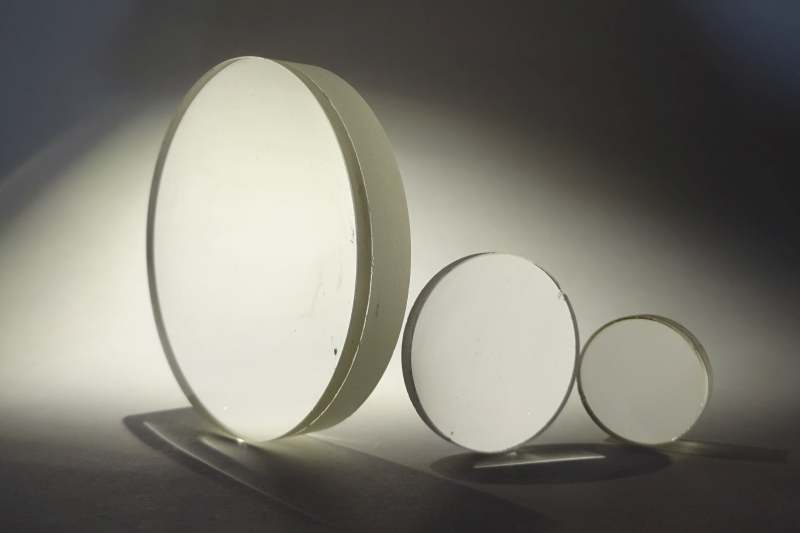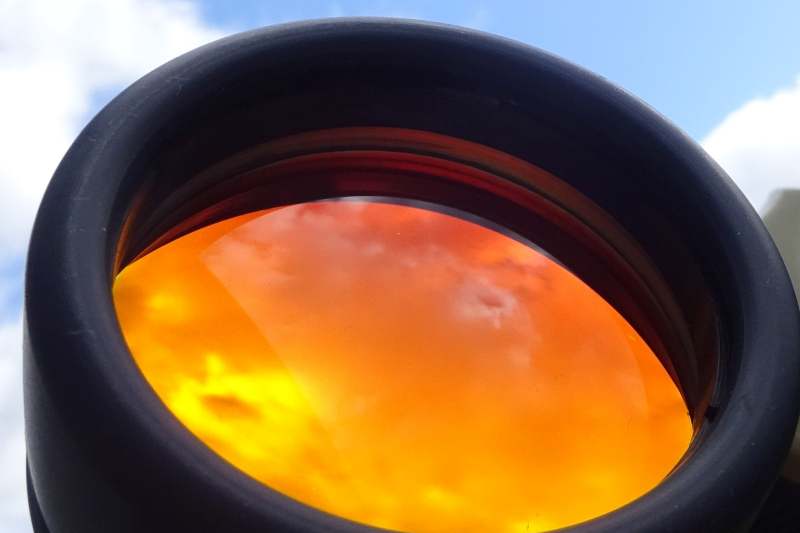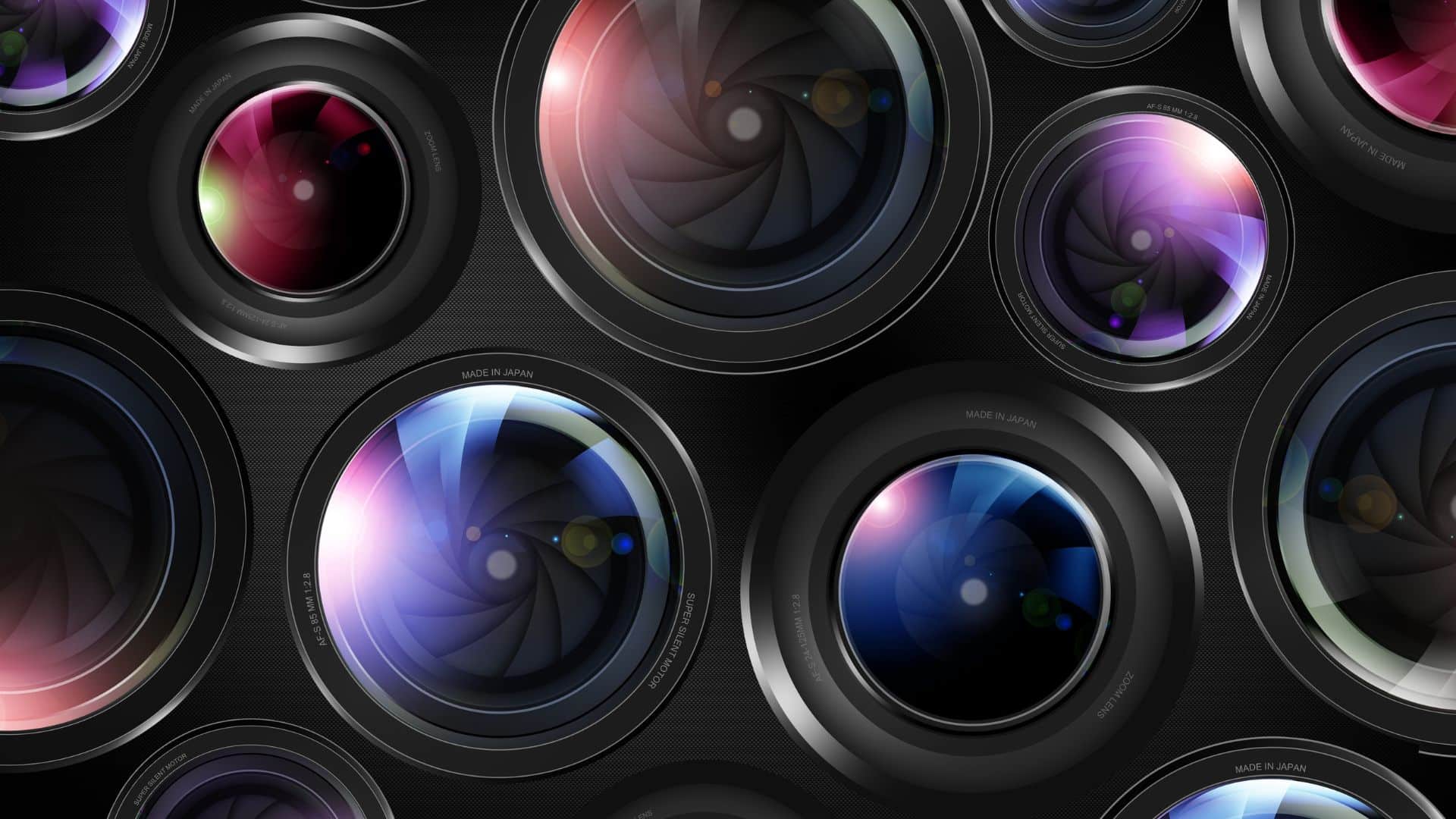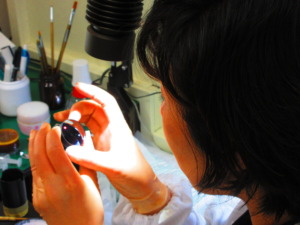I found this information useful when shopping around for glass whether it be riflescopes, binoculars, spotting scopes, etc. I would read product descriptions and not really understand what some of the finer details of glass types and glass coatings are. Me being curious, I began looking for answers. I found the information in the following link to be very helpful. The photographs and diagrams are very helpful in understanding some of what's explained.

 bestofbinoculars.com
bestofbinoculars.com
“How to Choose Field Scopes: Comparison of ED glass and ordinary lens”
Glass Coatings Explained (check out the source reference link to Schott at the end of the article):

 bestofbinoculars.com
bestofbinoculars.com
As I come across more information or when I take time to dig into my bookmarks I may add more information to this thread.
edit: 01/07/25
“March Scopes is the Pioneer in the use of ED lens, Super ED lens, Temperature anti-drift lens system. Classification of March Scopes by lenses”

Source of above photo: https://marchscopes.com/news/10054/#:~:text=ED stands for Extra-low,magnification and high-end scopes.
Lens Coating Longevity - This is an area that I know very little about and I'm still learning. As new scope manufacturers emerge offering better quality for a lower price, these products are often produced overseas. In my reading, older scopes with glass produced in Germany and Japan seemed most desired by glass aficionados. Glass producers from these countries have been touted for their quality. More recently it seems that glass produced in the Philippines is second rate, but of reasonable quality for good mid-tier scopes (Sightron is a brand that comes to mind with good glass produced in the Philippines). More recently Athlon Optics has apparently amassed a huge following with several scopes in their line manufactured with Chinese glass that shooters all over the globe post on myriad online platforms about the bang for your buck quality from glass, reticles, to turrets and over-all construction. Since this is a glass thread, I began to wonder, What makes Athlon glass so good? When I visited their site, a lot of the descriptions lead me to believe it is the coatings applied to the glass. Looking at their lower-level budget offerings: the Talos and the Argos. On the Talos, Athlon describes their coatings as, "Fully multi-coated" and that "Athlon Optic's fully multi-coated glass gives you better light transmission with optimum brightness and true color across the entire light spectrum." What exactly does this mean? Which coating processes are used? What specifically are the benefits of each coating material? Do all of the coatings work well in conjunction with one another? Athlon boasts of their coatings on the Argos as "XPL coating" that is "A protective coating that gives you extra protection on the exterior lenses to prevent the scope from enduring dirt, oil, and potential scratches." An extra coating in addition to what? Most importantly, how long do these coatings last? Have there been tests to determine any duration of effective lens coating's durability? Are those results published? Can consumers access that data?
Source of coating quote on the Argos line: https://athlonoptics.com/product-category/rifle-scopes/athlon-optics-argos-btr-gen2/
On Talos line: https://athlonoptics.com/product-category/rifle-scopes/athlon-optics-rifle-scopes-talos-btr-gen2/
Some questions to ponder:
1) What are the most desirable and essential rifle/pistol scope glass coatings?
2) Is one particular process of applying these coatings superior producing better quality?
3) How does the consumer identify if he manufacturer is using quality materials for their glass coatings?
4) What differentiates top-tier glass from mid-tier glass? From budget glass?
5) How long do optical coatings last on top-tier glass before exhibiting significant deterioration compromising image quality or protective properties?
I found this article interesting and somewhat helpful , although it is focused upon camera glass.

 cameralenshub.com
cameralenshub.com

Optical Glass For Binoculars - What Is ED Glass, Crown- or Flint Glass
Optical glass used binoculars is crucial to image quality. Combining Crown glass and Flint glass in lense systems reduces aberration and provides clear and sharp vision
 bestofbinoculars.com
bestofbinoculars.com “How to Choose Field Scopes: Comparison of ED glass and ordinary lens”
Glass Coatings Explained (check out the source reference link to Schott at the end of the article):

What is the Binoculars Lens Coating for?
Without coatings, binoculars with multiple lenses would be virtually impossible to use. Binoculars lens coating improve transmission and image quality.
 bestofbinoculars.com
bestofbinoculars.com As I come across more information or when I take time to dig into my bookmarks I may add more information to this thread.
edit: 01/07/25
“March Scopes is the Pioneer in the use of ED lens, Super ED lens, Temperature anti-drift lens system. Classification of March Scopes by lenses”
Source of above photo: https://marchscopes.com/news/10054/#:~:text=ED stands for Extra-low,magnification and high-end scopes.
Lens Coating Longevity - This is an area that I know very little about and I'm still learning. As new scope manufacturers emerge offering better quality for a lower price, these products are often produced overseas. In my reading, older scopes with glass produced in Germany and Japan seemed most desired by glass aficionados. Glass producers from these countries have been touted for their quality. More recently it seems that glass produced in the Philippines is second rate, but of reasonable quality for good mid-tier scopes (Sightron is a brand that comes to mind with good glass produced in the Philippines). More recently Athlon Optics has apparently amassed a huge following with several scopes in their line manufactured with Chinese glass that shooters all over the globe post on myriad online platforms about the bang for your buck quality from glass, reticles, to turrets and over-all construction. Since this is a glass thread, I began to wonder, What makes Athlon glass so good? When I visited their site, a lot of the descriptions lead me to believe it is the coatings applied to the glass. Looking at their lower-level budget offerings: the Talos and the Argos. On the Talos, Athlon describes their coatings as, "Fully multi-coated" and that "Athlon Optic's fully multi-coated glass gives you better light transmission with optimum brightness and true color across the entire light spectrum." What exactly does this mean? Which coating processes are used? What specifically are the benefits of each coating material? Do all of the coatings work well in conjunction with one another? Athlon boasts of their coatings on the Argos as "XPL coating" that is "A protective coating that gives you extra protection on the exterior lenses to prevent the scope from enduring dirt, oil, and potential scratches." An extra coating in addition to what? Most importantly, how long do these coatings last? Have there been tests to determine any duration of effective lens coating's durability? Are those results published? Can consumers access that data?
Source of coating quote on the Argos line: https://athlonoptics.com/product-category/rifle-scopes/athlon-optics-argos-btr-gen2/
On Talos line: https://athlonoptics.com/product-category/rifle-scopes/athlon-optics-rifle-scopes-talos-btr-gen2/
Some questions to ponder:
1) What are the most desirable and essential rifle/pistol scope glass coatings?
2) Is one particular process of applying these coatings superior producing better quality?
3) How does the consumer identify if he manufacturer is using quality materials for their glass coatings?
4) What differentiates top-tier glass from mid-tier glass? From budget glass?
5) How long do optical coatings last on top-tier glass before exhibiting significant deterioration compromising image quality or protective properties?
I found this article interesting and somewhat helpful , although it is focused upon camera glass.

How long do lens coatings last? Expert Tips and Advice |
Learn about how long do lens coatings last. Discover factors impacting their lifespan. Maximize their longevity with expert tips and advice.
 cameralenshub.com
cameralenshub.com Last edited:

